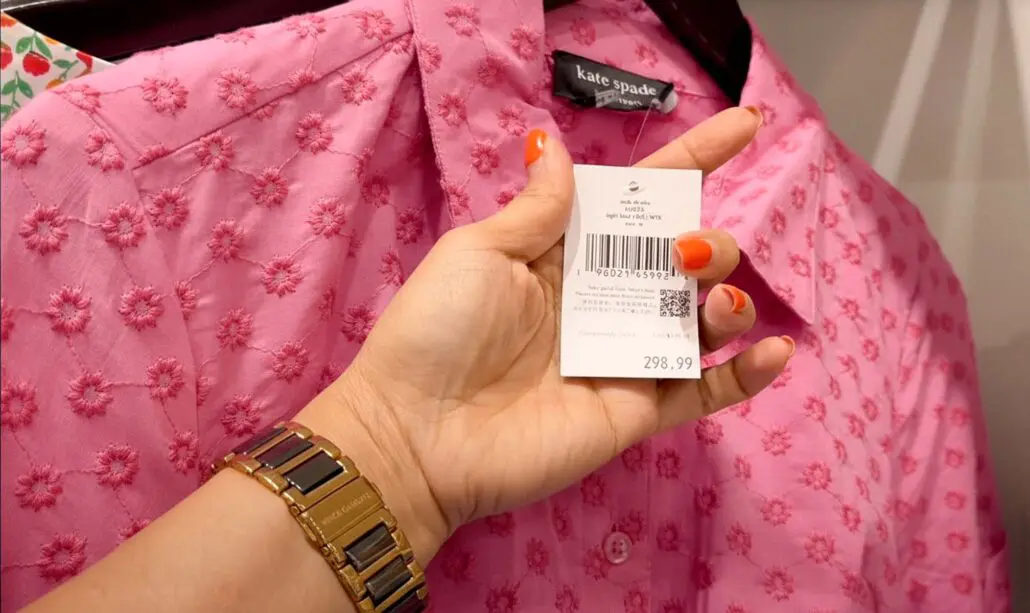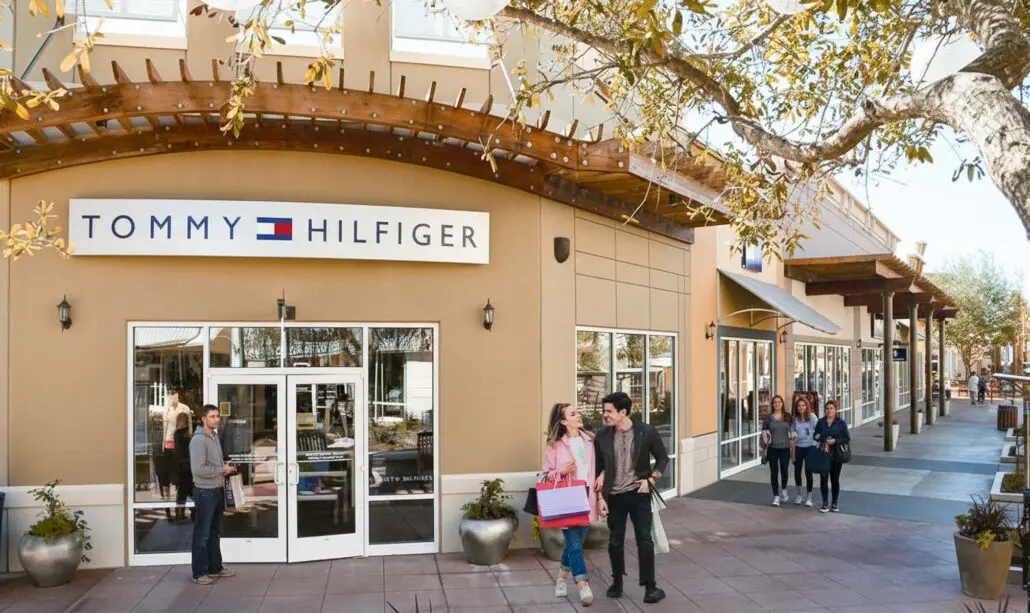Houston Texas outlets attracts shopping crowds with tempting deals. Centers like Houston Premium Outlets and Tanger Outlet Texas City offer 25% to 65% savings daily on brands like Kate Spade, Michael Kors, and Burberry. It feels like a steal—designer items at a fraction of the cost. Meanwhile, traditional malls showcase full-price, current-season collections, perfect for trend-spotting but less for bargain hunters.
Are outlet deals as good as they seem? Is that handbag the same one from the mall, just cheaper? The truth is trickier than the price tag suggests. Outlet stores have evolved from clearance hubs into a separate retail world with its own products, rules, and surprises. This guide lifts the veil on Houston Texas outlet shopping. We’ll explore merchandise quality, unravel price tag tricks, compare shopping experiences, and clarify return policies. By the end, you’ll know how to shop smart and pick the best spot for your budget and style.
The Outlet Secret: Are You Getting the Real Deal?
Outlet stores have a fascinating history. They started as factory shops, selling overstock, past-season items, or slightly flawed goods at a discount. Shoppers scored retail-quality products with minor quirks or delays. Simple and honest.
But as Houston Texas shopping outlets and malls surged in the 1980s and 1990s, brands hit a snag. They couldn’t supply enough overstock for countless new stores. Their fix changed everything. Now, most outlet items aren’t retail leftovers. They’re “Made for Outlet” (MFO)—products crafted specifically for lower prices.
Here’s the key: the brand name might match, but the item often doesn’t. Brands now run two lines. Retail stores sell high-end, full-price goods to build prestige. Outlets offer budget-friendly, lower-quality versions for cost-conscious shoppers. The catch? Many assume they’re snagging retail steals when they’re buying outlet-only items.
What Makes Made-for-Outlet Different?
So, how exactly do these made-for-outlet products differ? The cost-saving measures are implemented across the entire production process, from design to the final stitch.
- Fabric and Materials: Outlets use cheaper materials. Think lower thread counts or synthetics instead of natural fibers. A J.Crew retail “Tippi” sweater boasts fine merino wool. Its J.Crew Factory “Charley” cousin might use lower-grade wool or acrylic. Handbags may have thinner leather or flimsy hardware that tarnishes.
- Construction and Craftsmanship: Outlet items prioritize efficiency over durability. Designs are simpler, with fewer details. Seams use weaker stitches, like overlock instead of sturdy felled ones. Pattern matching? Skipped to save fabric. A retail jacket might have a full lining; an outlet one often doesn’t.
- Hardware and Trims: Even small details take a hit. Plastic buttons replace metal or mother-of-pearl. Zippers feel cheap. Threads might scratch or fray quickly.
Still, true retail overstock exists—rare gems worth hunting. Brands like Burberry use outlets to clear unsold retail stock, avoiding boutique sales. Finding these takes effort but delivers real bargains.
5 Tips to Shop Like a Pro in Houston Texas Outlets
Armed with the MFO secret, you can shop smarter. Spotting retail treasures versus outlet-only items takes a detective’s eye. Here’s how to sleuth your way to the best buys.
1. Read the Label Closely
The tag is your primary piece of evidence. Many brands use specific labeling, sub-brands, or symbols to differentiate their outlet merchandise from their retail lines.
- Banana Republic Factory: Look for three small stars or diamonds printed on the label below the brand name.
- J.Crew Factory: The label often features two small diamonds under the “J.CREW” name. The store itself will also be clearly marked as “J.Crew Factory”.
- Brooks Brothers Factory: Sells an entirely separate line called “346,” which is prominently displayed on the label.
- Coach Outlet: Handbags made for the outlet often have a style number that begins with the letter “F,” which stands for “Factory.” This is typically found on the small white tag inside the bag, not the main creed patch.
- Gucci Outlet: For some items, an embossed, circled “G” on the interior leather tag can indicate it was made specifically for the outlet.
- Ralph Lauren: Be aware of the many diffusion lines. “Lauren Ralph Lauren” and “Chaps” are common at outlets and department stores and are distinct from the higher-end “Polo Ralph Lauren” or “Ralph Lauren Collection” lines.
2. Examine the Price Tag
Price tags reveal tricks. Phrases like “Compare At” or “Comparable Value” scream caution. They suggest big markdowns, but the item likely never sold at that higher price. It’s often compared to a pricier retail version with better materials.

3. Trust Your Hands (and Eyes)
Put the item through a physical inspection. Years of shopping have trained your senses—trust them.
- Feel the Fabric: Does it feel thinner, stiffer, or rougher than you would expect from that brand? Is a sweater surprisingly sheer or a T-shirt coarse?.
- Check the Seams and Patterns: Look closely at where the fabric panels meet. On a well-made garment, patterns like stripes, plaids, or prints will line up perfectly at the seams. Mismatched patterns are a tell-tale sign of cost-cutting in production.
- Inspect the Hardware: Feel the weight and finish of the buttons and zippers. Do they feel light and plasticky? Is the zipper difficult to operate? These are clues that cheaper components were used.
4. Use Your Smartphone
Your phone is a powerful tool. Search the item’s name or style number. MFO products rarely appear on retail websites. You might find outlet-specific sites or shopper forums flagging them as exclusives.
- MFO items will often not appear on the brand’s main retail website.
- A search might lead you to outlet-specific sites or forums where shoppers explicitly identify the piece as an outlet-exclusive product.
5. Ask an Employee
Be direct. Ask, “Is this from the retail line or made for the outlet?” Employees often know the difference. Many prefer retail-quality items themselves and might share the truth.
Decoding the Price Tag: The Psychology of a “Bargain”
Outlets and malls price differently. Understanding their tactics reveals true value. Outlets dangle low prices against inflated “originals.” Malls offer real discounts on proven quality.
The Outlet Pricing Game
Outlet pricing is an exercise in psychology, designed to create a sense of urgency and the perception of a massive bargain.
- “Compare At” Trap: A $150 purse tagged “Compare At $400” feels like a $250 steal. In truth, it’s built for $150. The savings are mostly fake.
- Endless Sales: Signs scream “40% Off Everything!” It feels special, but it’s standard. Tickets are priced high to allow “discounts.” The sale price is the real one.
The Traditional Mall Pricing Cycle
Malls keep it straightforward.
- Seasonal Discounts: End-of-season or holiday sales bring real deals. A $400 purse might drop to $200 to clear stock.
- Full-Price Start: New collections launch at full cost with top quality and sizes.
Houston’s Insider Tip: Locals swear by department store clearance racks. The Galleria sales often beat outlet prices with better quality. Skip the outlet trek for smarter finds.Beware the sunk cost trap. Driving 30+ minutes from Central Houston to Cypress creates pressure to buy. Don’t settle for items you don’t love just to justify the trip.
Master Return Policies
Returns can make or break a purchase. Outlet policies sting more when buyer’s remorse hits.
- Key Rule: No cross-returns. Outlet purchases stay at outlets; retail stays at retail. Separate systems run them. A mall return is easy. A distant outlet? A hassle.
- Outlet Restrictions: “Final Sale” is common, especially on clearance. No returns, no exchanges. Always ask about policies before buying.
To help you out, check our cheat sheet for return policies at popular Houston Texas outlets shopping brands to avoid surprises.
Brand Return Policy Cheat Sheet
| Brand | Outlet Purchase Return Policy | Retail Purchase Return Policy | Can you return an outlet item to a retail store? |
|---|---|---|---|
| Coach | Returnable to Coach Outlet stores within 30 days of purchase. | Returnable to Coach Retail stores within 30 days of purchase. | Generally No. Insider Tip: Coach Insiders (their free loyalty program) have reported being able to return outlet purchases to a retail store, a rare and valuable exception! |
| Michael Kors | Must be returned to an Outlet store within 30 days. Price adjustments are not permitted in Outlet stores. | Must be returned to a Lifestyle or Collection store within 30 days. | No. The policy is explicit about no cross-channel returns. |
| J.Crew | J.Crew Factory items must be returned to a Factory store within 30 days of purchase. | J.Crew retail items can be returned to a J.Crew retail store within 30 days of purchase. | No. The policy explicitly states that merchandise cannot be returned to the other brand’s locations. |
| Banana Republic | Banana Republic Factory items must be returned to a Factory store within 30 days of purchase. | Banana Republic retail items must be returned to a retail store within 30 days of purchase. | No. The policy states returns can only be made at the brand of purchase (e.g., BR Factory items to BR Factory). |
| Kate Spade | Outlet purchases are typically marked “Final Sale” and are not eligible for return or exchange. | Retail purchases are returnable within 30 days if not designated as final sale. | No. The policy is very strict regarding final sales at outlets. |

